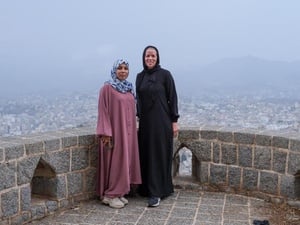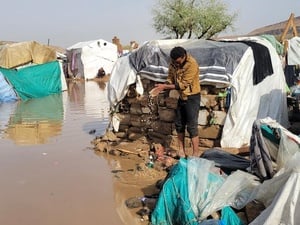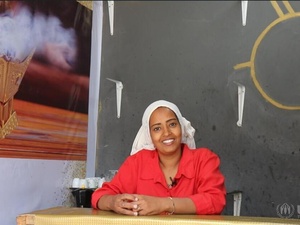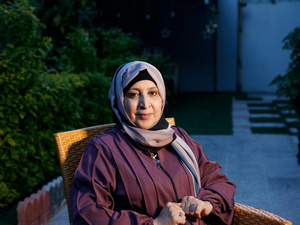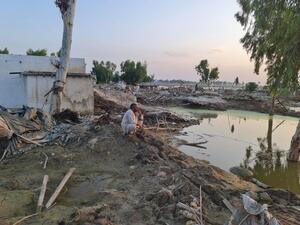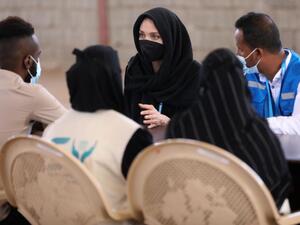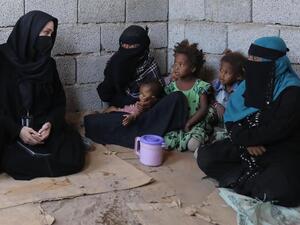Internal displacement grows in Yemen
Internal displacement grows in Yemen
Yemen is facing a new wave of internal displacement as tens of thousands of civilians flee tribal clashes in the north and renewed fighting between government troops and militant groups in the south.
The situation is particularly difficult in Haradh governorate north of the capital Sana'a where, according to Yemeni authorities, sporadic tribal clashes have displaced some 52,000 people over the past three months. This is in addition to the estimated 314,000 Yemenis already displaced in the north and unable to return to their homes in Sa'ada governorate.
Despite the peace agreement signed between the Yemeni government and Al-Houtis in June 2010, the situation in northern Yemen remains volatile. Insecurity hinders large-scale return and severely limits humanitarian access. We continue to run two camps for displaced Yemenis in the north and have been providing assistance to internally displaced people (IDPs) in the camps and in host communities.
Meanwhile, in the south, at least 1,800 people have been displaced in the last two weeks by the latest escalation in fighting between government troops and militants in Abyan governorate. The displaced from the town of Ja'ar now join more than 150,000 IDPs in the south. This includes virtually the entire populations of the towns of Zinjibar, Khanfar and Al-Kud, displaced since the beginning of the conflict last May. We estimate another 120,000 people are at risk of forced displacement.
Many residents of Ja'ar fled the approaching conflict. There were not enough places on local buses and consequently the price of renting vehicles has tripled. The journey to Aden, which normally a trip of just 30 minutes, has been taking more than five hours on difficult alternate roads in overloaded minibuses. More people are arriving daily.
Since last May most of the IDPs in the south have found shelter in Aden and in other towns and parts of Abyan where they have strong family and tribal links. Others took shelter in schools. Today 74 public schools in Aden shelter more than 20,000 IDPs.
Our operation in Yemen has assisted more than 80,000 IDPs in five southern governorates. We have also rehabilitated several vacant buildings to provide temporary shelter for some 2,000 IDPs, freeing up two schools for more than 3,000 students. Together with our partners we are positioning stocks and coordinating efforts to address the needs of the newly displaced. This biggest challenge remains shelter. Schools hosting IDPs in Aden are already filled to capacity and the host community cannot take more. With the recent arrivals there are now almost 20 people to a room in some schools. Some IDPs have only been able to find space in school grounds or in the halls.
In light of the increasing displacement and growing insecurity limiting movements of our staff both in the south and the north, UNHCR has set up local monitoring networks trained to recognize protection risks and urgent needs of IDPs to alert UNHCR and help ensure continued delivery of protection and assistance. UNHCR plans to double the number of networks this year.
As part of the UN country team, UNHCR is preparing a funding proposal for emergency response, addressing the deepening humanitarian crisis and new displacement in the north and south of Yemen. For 2012, UNHCR is seeking US$60 million to address the humanitarian needs of some 216,000 refugees and almost half a million IDPs in Yemen.
For further information on this topic, please contact:
- In Aden, Edward Leposky on mobile +967 71 222 4022
- In Geneva, Andrej Mahecic on mobile +41 79 200 7617


